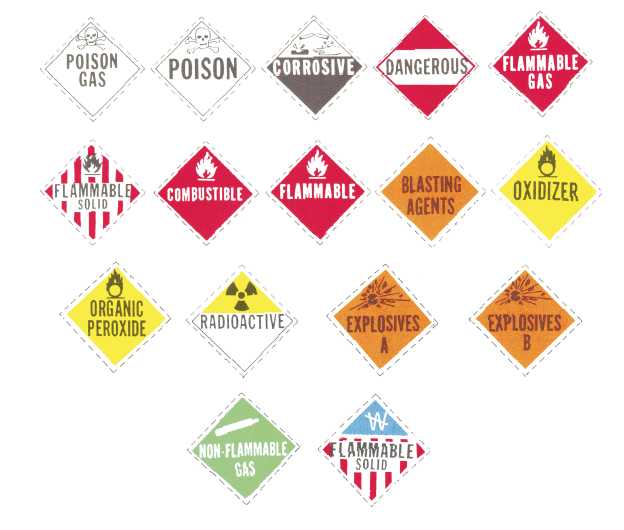personal protective equipment, spill response, and
disposal of waste.
The following section briefly covers safety
precautions for the materials commonly used or
handled by Fire Controlmen: solvents, aerosol
containers, polychlorinated biphenyls, batteries, and
vacuum tubes.
SOLVENTS
Varnishes, lacquers, cleaning fluids, and some
paints contain solvents that can ignite at relatively low
temperatures. Obviously, such materials pose serious
fire hazards. Some solvents emit toxic vapors; others
can burn or irritate your skin and eyes.
Many solvents are used in the daily maintenance of
electronic equipment. The safest solvents are those
that dissolve in water (water-based). If water-based
solvents are not effective, you may use trichloroethane
o r m e t h y l a l c o h o l , t wo o f t h e m o s t p o p u l a r
n o n w a t e r - b a s e d
s o l v e n t s .
H o w e v e r ,
s i n c e
trichloroethane and methyl alcohol are extremely
flammable, use them only when you have adequate
ventilation.
When you use hazardous paints or solvents,
always follow these safety precautions:
Wipe up all spills immediately.
Place rags or other items you use to clean up
spills in a separate, covered container.
Use protective clothing, goggles, gloves, or
other appropriate safeguards to prevent paints or
solvents from getting on your skin or in your
eyes.
Have accessible fire-fighting equipment nearby.
Have adequate ventilation.
Dispose of paints and solvents properly when
you no longer need them. If you are unsure of the
4-4
Figure 4-3.—Department of Transportation hazardous material shipping symbols.


